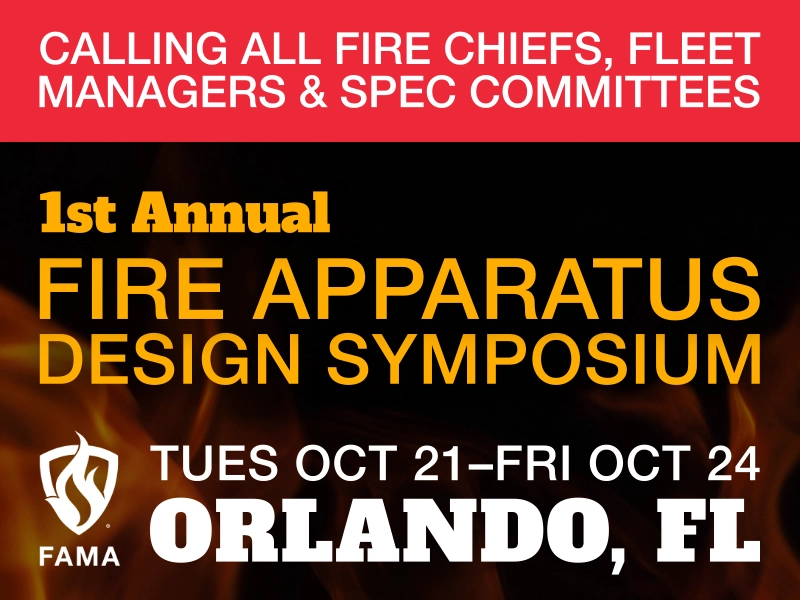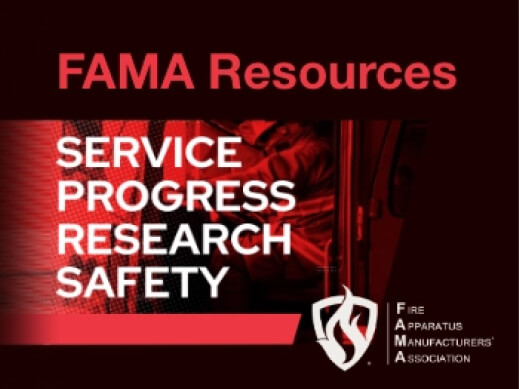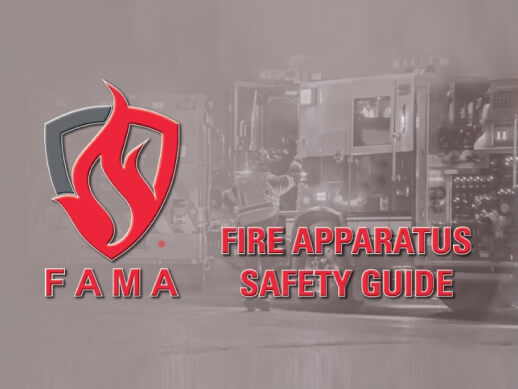For many years, fire trucks have been predominantly some shade of red in color with flashing lights, bells, whistles, and sirens. At face value, it’s arguable that fire trucks haven’t changed. However, as most member companies of Fire Apparatus Manufacturers’ Association (FAMA) can attest, these vehicles have indeed advanced technologically because of innovations; changes in standards such as National Fire Protection Association (NFPA) 1901, Standard for Automotive Fire Apparatus; or government regulations. But has anyone thought about what a fire truck might look like or be able to do in the future?
Recent Technological Advancements
Many of you can probably remember when fire trucks were equipped with mechanical engines and manual transmissions. Gauges on the pumps gave indications based on mechanical means of sensing information to provide the readout. Not too long ago, you could purchase an apparatus without antilock brakes.
Today, fire trucks are equipped with computerized engines with sophisticated after-treatment devices and automatic transmissions. Although the changes related to the engine were aided by emissions regulations set forth by the government, the use of computerized technology has brought efficiencies to the engine and the vehicle. The engine can now tell you when something is wrong with relatively accurate and specific information.
As it relates to safety of the occupants, there are two areas in which fire trucks have advanced. First, the use of advanced air bag systems to increase the protection of the occupants during a vehicle crash has been implemented in these vehicles. Second is electronic stability control (ESC), which uses computerized technology to apply the vehicle’s brakes, assist steering, and disengage the throttle to reduce the chance of a vehicle crash.
With all the technological advancements throughout the years (too many to list here), some may wonder how else the fire truck could advance. What could a fire truck of the future look like? How might it function? Below are three advancements that may be implemented in fire trucks sooner than we think.
Vehicle to Vehicle Communication
It might be hard to imagine a vehicle being able to communicate with another vehicle, but it is becoming reality. If you stop to think, the engine in the fire apparatus can “talk” to the transmission. The engine can also “talk” to pump controls. So, is it impractical to think a fire truck would not be able to talk to other fire trucks or passenger cars?
Many of you may have heard of vehicle to vehicle communication, more commonly known as V2V. This crash avoidance technology has been reviewed by the National Highway Traffic Safety Administration for more than a decade. The system relies on communication from nearby vehicles to alert drivers of potentially dangerous situations that might lead to a crash. These systems are composed of devices, installed on vehicles, which use a short-range radio communication to exchange messages identifying vehicle information such as speed, direction, and braking status. The logic in these systems uses information received from other vehicles to determine if a warning is needed to alert the driver of a potential danger.
One of the concerns in motor vehicle accidents involving fire trucks is when they occur at an intersection–more specifically, when the fire truck is struck by a passenger car even after appropriate maneuvers and driver signaling. If equipped with V2V, the oncoming passenger vehicle may be able to “talk” to the fire truck and alert the driver of this big, massive piece of equipment approaching the intersection to avoid a crash. Or, it could warn the fire apparatus driver that a vehicle is approaching without decelerating.
Recently, a Notice of Proposed Rule Making was issued by the National Highway Traffic Safety Administration (NHTSA) to establish a Federal Motor Vehicle Safety Standard that would apply to passenger cars and the V2V systems. Notwithstanding any changes in the regulatory landscape related to the administration change, it is clear V2V is likely to be the next improvement in vehicle safety.
Autonomous Operation of a Fire Truck
There is much discussion in the regulatory world with the advancement of autonomous vehicles. Is it practical to think a fire truck may be operated without human intervention? Time will tell. If you consider how a pressure governor works during pumping operations, the idea of autonomous operations may not be too farfetched.
One area of consideration is like the autopilot used in aviation. Certain addresses, roads, or landmarks might be programmed into the navigation system of a fire truck, if equipped, and with minimal input from the driver the vehicle may safely arrive at the chosen destination.
The concept of autonomous vehicles is largely in its infancy. In the latter part of 2016, the NHTSA issued a policy on automated vehicles providing guidance to manufacturers. Although the technology is relatively young, some elements already are touching fire trucks, and it could be just a short time before other elements of autonomous operation creep into the fire truck sector.
Aerodynamics
The next round of emissions changes is out and will become effective in 2019. At this time, there appear to be no impacts to the overall look of a fire truck. However, as manufacturers look to gain efficiencies in fuel consumption and reduce greenhouse gas output of the vehicles, the methods to achieve the benefit may result in some changes to the physical appearance of a fire truck.
Currently, the regulations do not drive a change in the appearance, as aerodynamics are not considered to be a practical method of meeting the regulatory requirements for vocational vehicles or fire trucks. However, a sleek-looking, fuel-efficient fire truck may come about as the regulations progress beyond 2019.
THE FUTURE
As vehicles become more computerized, the traditional red fire truck may evolve into a red fire truck that can talk to other vehicles, have some automated systems that do not involve human intervention, and may resemble something you might see from the “Jetsons.” Since FAMA member companies are finding innovative ways to adapt safety systems ahead of regulatory changes, it will be interesting to see how these things manifest themselves to shape the fire truck of the future.
FAMA is committed to the manufacture and sale of safe, efficient emergency response vehicles and equipment. FAMA urges fire departments to evaluate the full range of safety features offered by its member companies.






